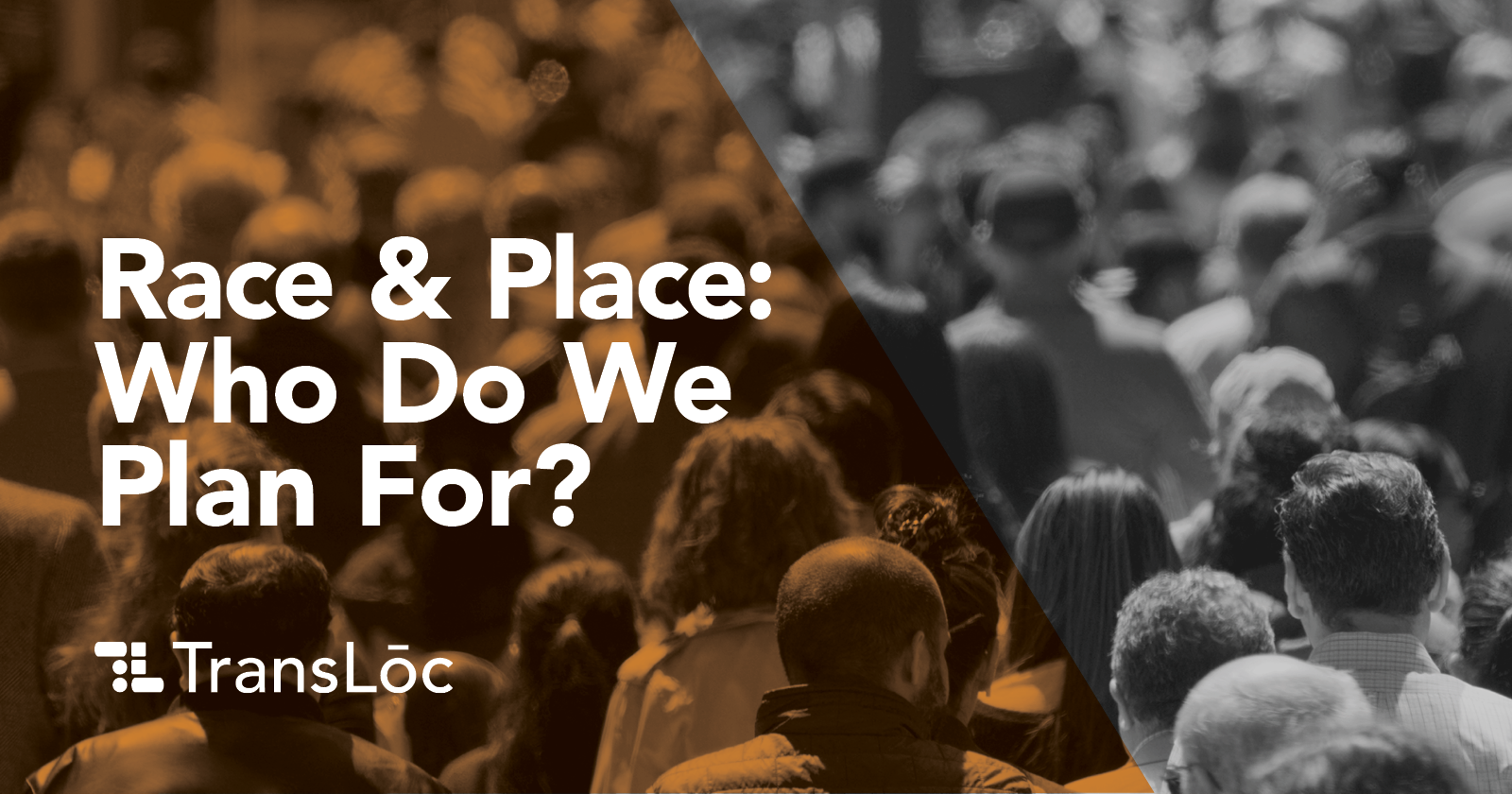
Most planners have an aspiration toward placemaking: we dream of quaint public squares where residents can walk to local businesses as streetcars hum past tree-lined sidewalks. We dream of the “15 Minute City”, of cheerful connected places where community and opportunity thrive in abundance.
Planners must dream about placemaking. We must dream that there is an alternative to endless parking lots and uncontrolled congestion. But we must also ask ourselves, who do we see in these dreams? Are our dreams populated by the people who actually live in our cities, or do the inhabitants of our dreams look a bit more like…us?
Years ago a planning professor asked how and where we should approach placemaking. A student spoke to his experience and frustrations: “Most planners don’t see this, but Black communities want walkable streets too. We want safe sidewalks and parks. We want high-quality transit and bike lanes and placemaking. Why don’t we find this infrastructure in Black communities?”
Indeed, Black communities in the US not only lack pedestrian, bike, and transit investments, but these very same groups are most likely to be victims of the alternative: the automobile. In some states, people of color are nine times more likely to be killed by a vehicle while walking than white pedestrians.
Many elements of our built environment are discriminatory by design. But we must also be aware of bias by omission. Planners too often envision solutions for their own communities, and for many that has been historically white and higher-income neighborhoods.
This is not only true for new infrastructure, but also for past investments. Planners tout “Transit Oriented Development” as a silver bullet to reduce congestion and increase transit ridership. However, when development is catered exclusively to the wealthy, we observe “Transit Oriented Displacement” where new wealthy residents drive more and ride transit less than the lower-income residents who were pushed out by rising housing prices.
There are no simple solutions for these disparities of race and place. But we can incorporate an equity framework into our placemaking decisions. In the face of these challenges, TransLoc is committed to including equity into everything we do. From the design of our technology to the rollout of our services.
The TransLoc Planning & Design team is pioneering “Equity Analysis for Microtransit” where we consider demographics, income, rent burden, and even historical redlining maps to recommend microtransit zones that maximize ridership, efficiency, and equity. We can also help communities with existing transit investments think creatively about how to increase access and mobility to marginalized groups.
When we incorporate equity into our placemaking efforts, we help to right the wrongs of the past, and begin to build toward a dream that includes everyone.
To learn more about the equity efforts of the TransLoc Planning & Design team, contact us.